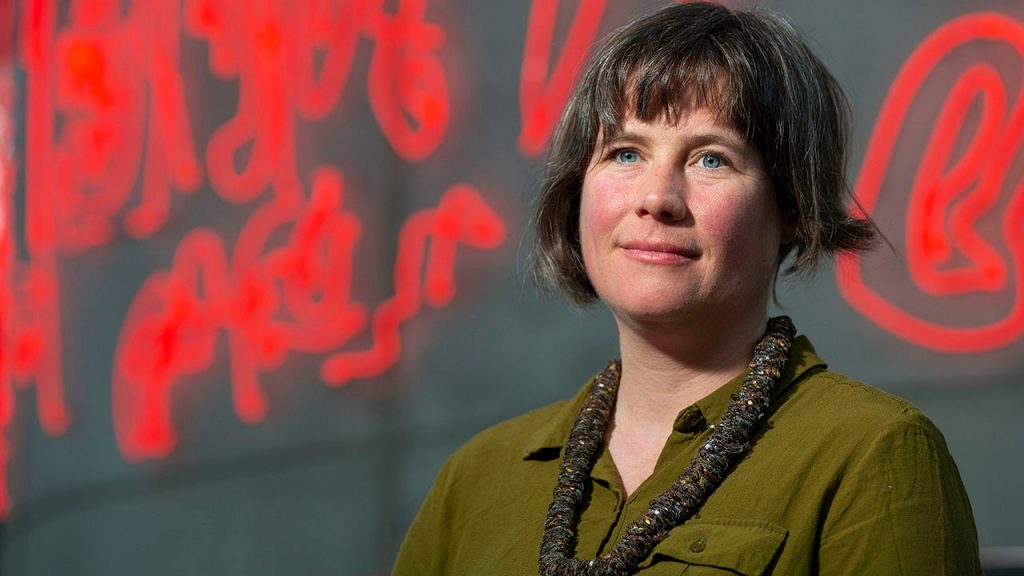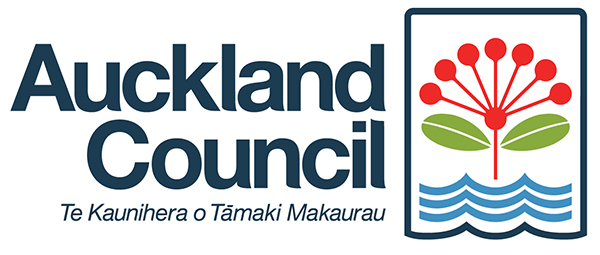Manatū Taonga Ministry for Culture and Heritage and the Australia Council for the Arts recently put out a call for research into the contribution of the arts to wellbeing, public value and social inclusion. After more than 20 years making, managing, teaching and researching community-based arts and applied theatre, I have grown weary of repeated demands to prove the value of this work.
After more than 20 years making, managing, teaching and researching community-based arts and applied theatre, I have grown weary of repeated demands to prove the value of this work.
I am, however, deeply interested in debates around the theories and measures of value applied to the arts, where they come from, and their implications for the work of artists and arts organisations who weave together social and creative aims and ideals.
What is needed in Aotearoa is not another blunt impact assessment tool, but an informed, critical conversation about what resources, support, tools and knowledge are needed.
Some people view community-based art as something that might be “good for” those involved, an effective tool to achieve social impacts, but of little wider artistic value.
The power, magic and beauty of art
I beg to differ. The places where I have experienced the power, magic and beauty of art most forcefully have largely been the most unassuming, unexpected or mundane.
School halls, church halls, community centres, youth centres, early childhood education centres, disused shops in town centres, classrooms, upstairs shop rooms, even front rooms, city parks, carparks – this is where I have seen some of the brightest creative sparks fly.
Sparks. Flying from a five-year-old’s eyes as they step into an imaginary world co-created with their teacher. Setting alight assumptions when teenagers transform their experiences and feelings into image or song. Igniting possibilities when everyday people come together across their differences to collaborate creatively on an issue they feel is important. And, sometimes, burning away, very slowly, at barriers to social justice and wellbeing. The trouble with sparks, though, is they need fuel to keep burning.
Organisations exist in a continual state of uncertainty, held back from thinking long-term about the direction of their practice.
Pinning the arts to social outcomes
There are lessons to be learnt from other places, such as the UK, where pinning the arts a little too firmly to social outcomes has led to diminished attention to the artistry involved in creating powerful, affective art in community and institutional settings.
The recent recognition of “community arts” as an artform under Creative New Zealand’s Arts Grants programme, which explicitly encourages experimentation and risk-taking, feels like a step in the right direction. But unless the overall available funds increase too, the risk is that this addition will compound existing feelings of division and competition across the arts.
My research into the economies of participatory, community-based arts contributes to a growing constellation of studies from Aotearoa showing the rich variety of forms this area of practice can take and the multiple contributions it can make.
The space of possibility
From this body of research, it is also possible to see how particular policy directives and funding structures have limited the ‘space of possibility’ for this work. For example, recent surveys and case studies of organisations promoting wellbeing and social justice through the arts show that the funding system of the past two decades has made people feel siloed, like they have to compete against each other for scarce resources.
Organisations are highly dependent on grant funding. Most of these grants fund projects, rather than core costs, and last between a few months and three years. Organisations exist in a continual state of uncertainty, held back from thinking long-term about the direction of their practice.
When month-to-month survival is the focus of organisational energy and resources, experimentation and risk-taking become a luxury, and long-term relationships with communities become uncertain.
Excellent instances of practice have been created and sustained. But in many instances, this work is upheld by a precarious workforce: skilled, qualified people working above and beyond their paid roles out of commitment to, and care for, the quality of work and people they work with.
As I think about responding to the recent call for research, I will be thinking about how we might learn from the effects of existing and historical funding and value systems, to better open up a ‘space of possibility’; to resource and support this area of the arts in ways that keep the fires burning and let the sparks fly.
A version of this article originally appeared in UniNews, University of Auckland.
Dr Molly Mullen is a senior lecturer in Applied Theatre in the Faculty of Education and Social Work, the University of Auckland. She is also a member of the Arts in Corrections Northern Region Network, facilitated by Arts Access Aotearoa.


